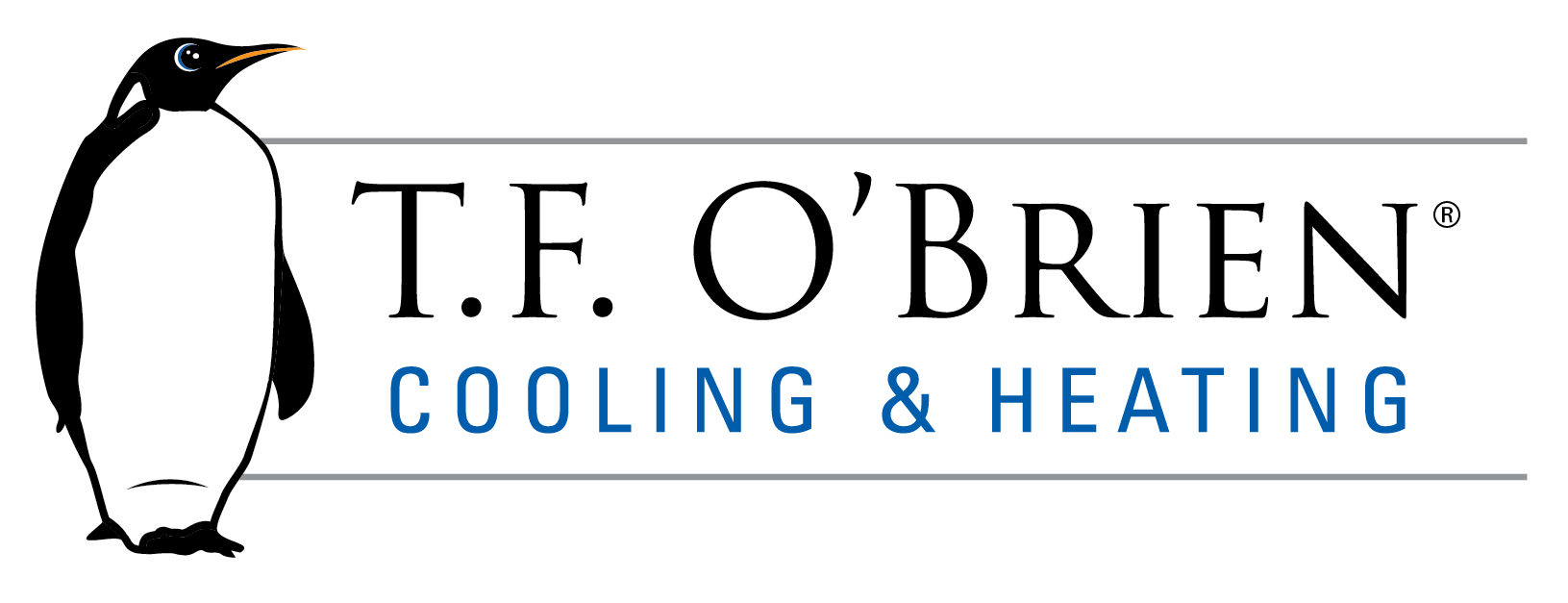 If only heat in attic spaces stayed up there, it wouldn’t be a problem. But when solar energy radiating through the roof raises attic temperatures up to 150 degrees in summer, it becomes an issue for the whole house, not just the attic.
If only heat in attic spaces stayed up there, it wouldn’t be a problem. But when solar energy radiating through the roof raises attic temperatures up to 150 degrees in summer, it becomes an issue for the whole house, not just the attic.
Acute attic heat conducts through the ceiling and into rooms below, raising the temperature by as much as 10 degrees. This heat energy competes with the action of your air conditioner struggling to cool the home. The results are longer A/C on cycles, increased electricity consumption and higher utility costs.
Three defenses combat heat in attic spaces: sealing, insulation and ventilation. Here’s how each approach helps.
- Sealing – Direct air leaks into living spaces are attic heat conduits. These can be sealed with caulking or expanding spray foam to stop air exchange. Penetration points where vent pipes and ducts enter the attic, as well as ceiling-mounted light fixtures, are prime suspects. Structural cracks and gaps at the juncture between ceiling and walls also allow attic heat into rooms.
- Insulation – Heat energy always flows from a hot zone into a cooler zone. Most of the heat transfer between attic and living spaces occurs by conduction. Attic insulation installed in the floor of the attic slows this process. The heat resisting properties of insulation are rated by its R-value per inch of depth. In Long Island’s climate, at least a foot of fiberglass insulation or 10 inches of cellulose loose-fill is the minimum for proper attic heat resistance.
- Ventilation – Most attics utilize passive ventilation methods where air entering at the soffits naturally rises up and out of vents near the roof peak. Unfortunately, the passive approach isn’t usually enough to keep up with summer attic heat. Installing a solar attic fan on the roof boosts passive ventilation, increasing circulation so hot air is exhausted more rapidly. Attic temperatures can be reduced by as much as 50 degrees by adding ventilation.
Serving Long Island for more than 75 years, T. F. O’Brien Cooling & Heating is your year-round home comfort specialist. Ask us for more tips to reduce excess heat in attic spaces this summer.
Image via Shutterstock.com
